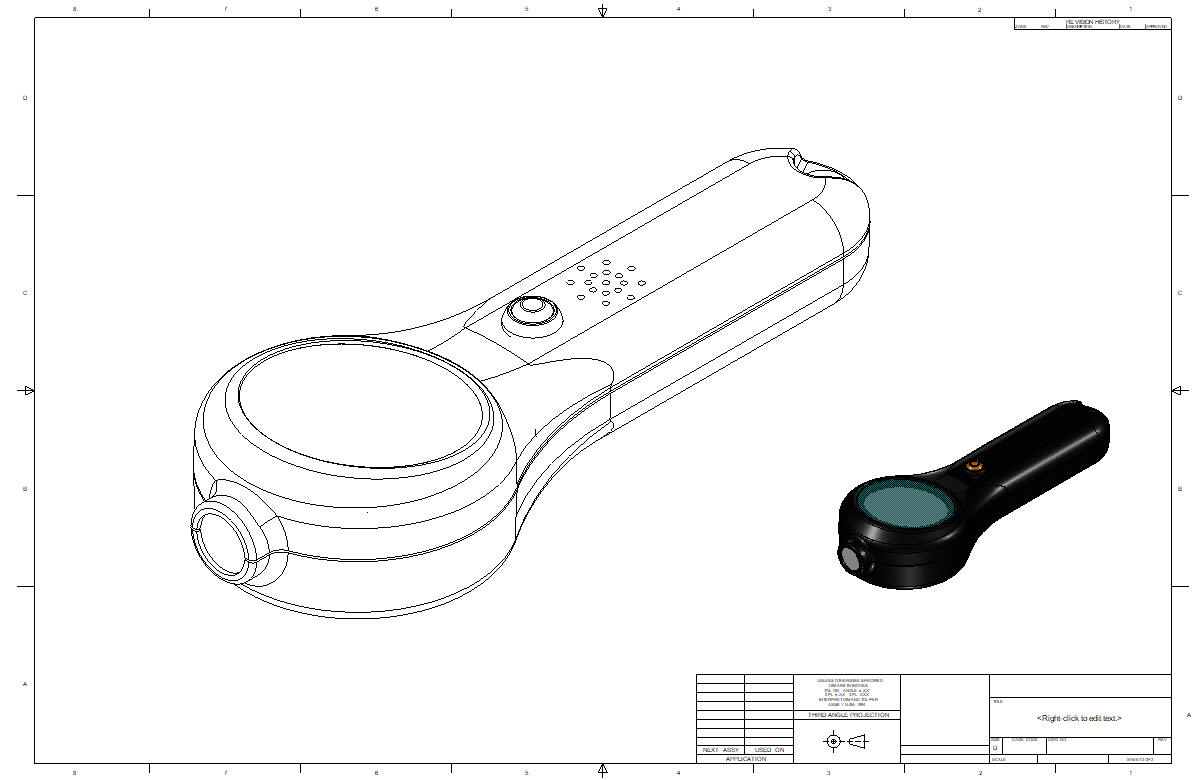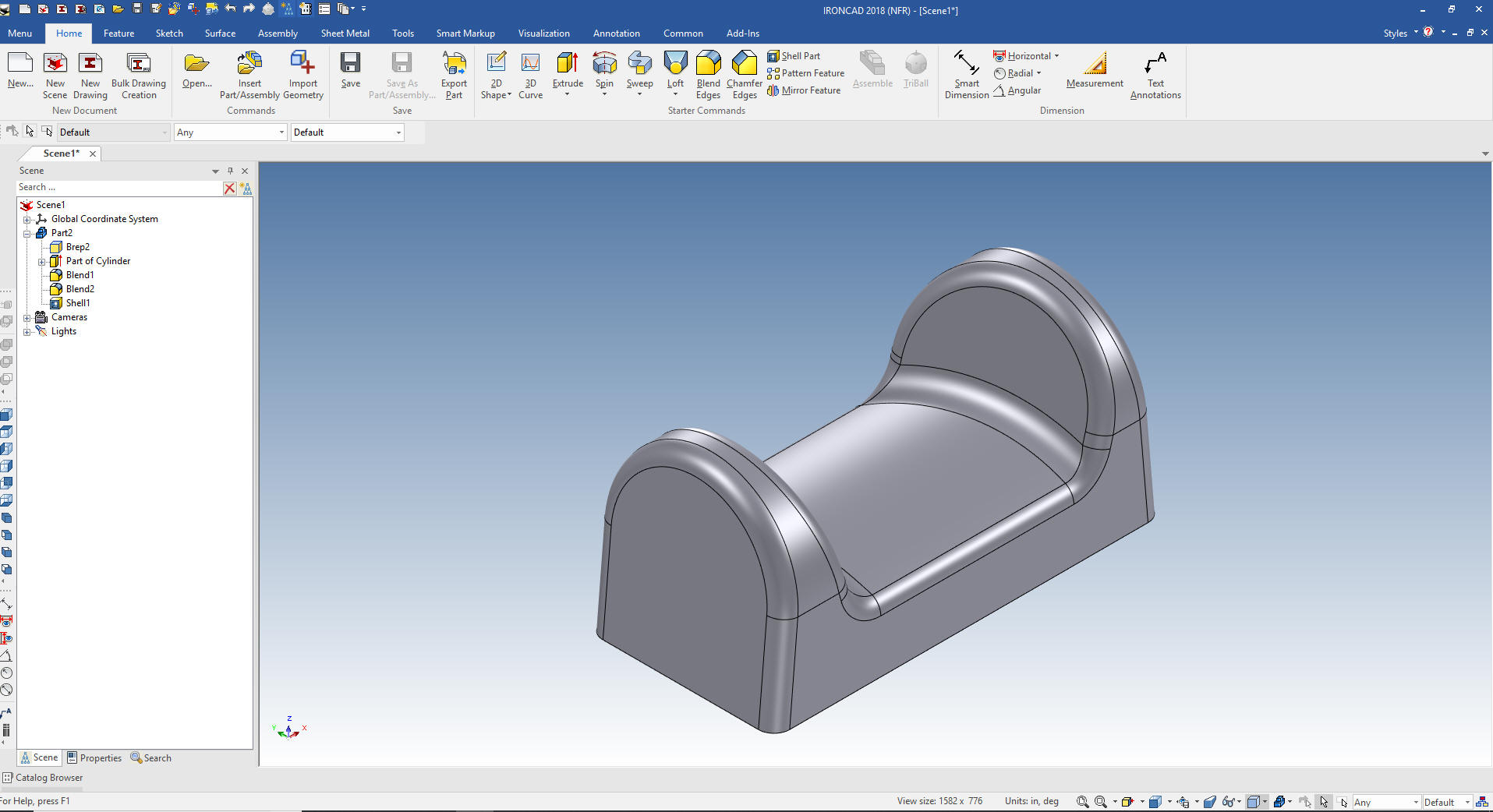

- IRONCAD VERSION HISTORY UPDATE
- IRONCAD VERSION HISTORY SOFTWARE
- IRONCAD VERSION HISTORY CODE
- IRONCAD VERSION HISTORY WINDOWS
The first version of Synchronous Technology had some limitations and usability problems. I’ve been guilty, more than once in my career, of seeing what’s possible, rather than what’s immediate.* I was, possibly, guilty of this with Synchronous Technology. If you hear someone say ‘that’s nothing new,’ don’t believe them. The synchronous solver doesn’t use a history tree, but rather holds user-defined constraints in groups associated with the surfaces to which they apply…Ultimately, though, I believe this to be a transformative technology - one that represents an important inflection point in the CAD industry.

“ Siemens’ synchronous solver overcomes the order dependencies that have plagued history-based CAD programs by solving for the explicit and inferred constraints at the same time. I was (and still am) quoted on the Siemens PLM website: In 2008, the game changed for Solid Edge, with the introduction of Synchronous Technology: a system supporting both traditional history-based (ordered) modeling, and history-free direct (unordered) modeling. Able to compete with SolidWorks, Pro/E, and Autodesk Inventor. Over time, Solid Edge matured into a capable mainstream CAD system. And they sold the product, and its entire development organization, to EDS Unigraphics (now known as Siemens PLM.)įor many years, the Solid Edge team (which Unigraphics seemed to have left largely intact) continued to develop new and improved versions of the software. Ultimately, three major changes saved Solid Edge: the developers pulled out all the extraneous Jupiter overhead that wasn’t necessary for an MCAD program, and changed from ACIS to the Parasolid geometric modeling kernel. Not only did SolidWorks soundly trounce Solid Edge, they pummeled PTC, and bloodied Autodesk. Watching SolidWorks take on the competition was like watching Mike Tyson (in his prime) take on other boxers. The competition between SolidWorks and Solid Edge was more of a blowout than a brawl.
IRONCAD VERSION HISTORY CODE

IRONCAD VERSION HISTORY WINDOWS
If you’re old, like me, you may remember that as the time when Microsoft was working on Windows NT, their 32-bit version of Windows. The product started out as a part of the Jupiter project, a next-gen CAD initiative at Intergraph Corp, in the early 1990s. Let me start with a little history of Solid Edge. But Solid Edge matters more than you may realize.
IRONCAD VERSION HISTORY UPDATE
Is this just another update of another mainstream CAD package? Yes.
IRONCAD VERSION HISTORY SOFTWARE
Siemens PLM Software has announced that Solid Edge ST5 will be available soon.


 0 kommentar(er)
0 kommentar(er)
